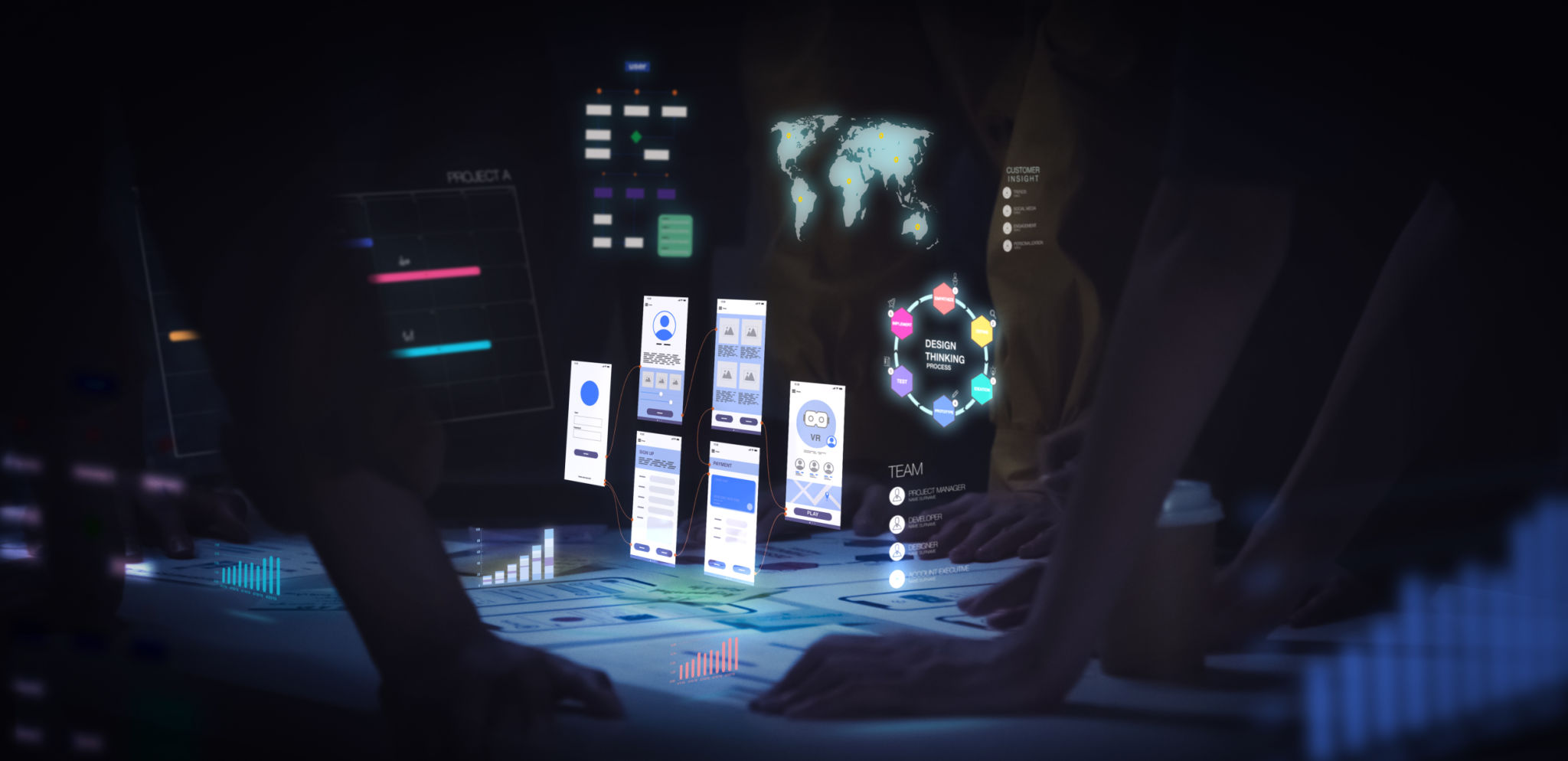The Future of Instructional Design: What to Expect
Introduction to the Future of Instructional Design
Instructional design is an ever-evolving field that adapts to new technologies, educational theories, and the needs of learners. Do you use ADDIE, SAM, Agile Methodologies...? As we look to the future, the landscape of instructional design is poised for significant transformation. In this blog post, we will explore the key trends and innovations that are set to shape the future of instructional design.
Personalized Learning Experiences
One of the most exciting developments in instructional design is the move towards personalized learning experiences. With advancements in artificial intelligence and machine learning, instructional designers can now create customized learning paths that cater to the unique needs and preferences of each learner. This approach not only enhances engagement but also improves learning outcomes.

Personalized learning systems analyze data from learners' interactions and adapt the content accordingly. This means that learners can progress at their own pace, revisit challenging topics, and skip over material they have already mastered. The future of instructional design will undoubtedly see a greater emphasis on these adaptive learning technologies.
Immersive Technologies
Immersive technologies such as virtual reality (VR) and augmented reality (AR) are set to revolutionize instructional design. These technologies provide learners with interactive and engaging experiences that are not possible with traditional methods. For example, medical students can practice surgeries in a virtual environment, and history students can take virtual tours of ancient civilizations.

As VR and AR become more accessible and affordable, instructional designers will have the tools to create highly immersive learning experiences. This will not only make learning more enjoyable but also more effective, as learners can gain hands-on experience in a safe and controlled environment.
Microlearning
In today's fast-paced world, learners often prefer bite-sized chunks of information that they can consume quickly and easily. This is where microlearning comes into play. Microlearning involves breaking down complex subjects into smaller, more manageable pieces of content that can be delivered through various formats such as videos, quizzes, and infographics.
The future of instructional design will see a greater focus on microlearning, as it aligns with the way modern learners consume information. By providing content in short, focused bursts, instructional designers can help learners retain information more effectively and apply it in practical situations.

Data-Driven Decision Making
Data analytics is becoming an integral part of instructional design. By collecting and analyzing data on learner performance, instructional designers can make informed decisions about how to improve their courses. This data-driven approach allows for continuous improvement and ensures that instructional materials are always aligned with learners' needs.
In the future, we can expect to see more sophisticated analytics tools that provide deeper insights into learner behavior. These tools will enable instructional designers to identify patterns, predict outcomes, and tailor their strategies to maximize learning effectiveness.
Conclusion
The future of instructional design is bright and full of potential. With advancements in personalized learning, immersive technologies, microlearning, and data analytics, instructional designers have more tools than ever to create impactful and engaging learning experiences. As we embrace these innovations, the field of instructional design will continue to evolve, providing learners with the best possible opportunities for growth and development.
